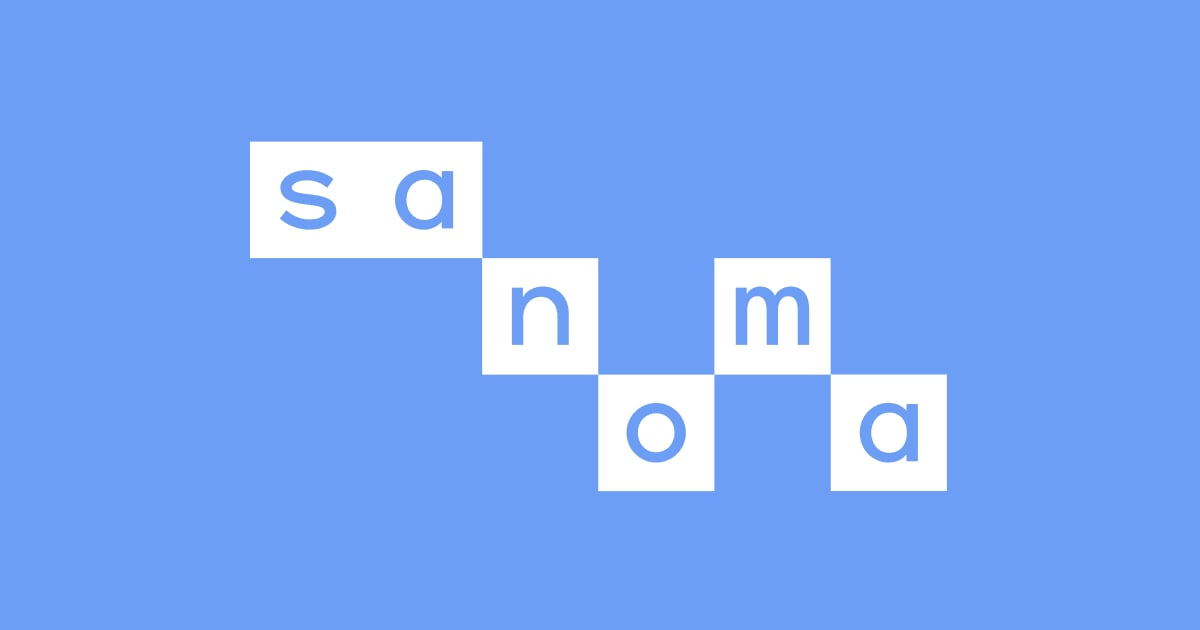A broad network of third parties in a wide variety of countries plays an integral role in Sanoma’s daily operations. Third-party suppliers in Sanoma’s value chain include, among others, technology solution and service providers, paper, print and logistics suppliers as well as content providers both for Learning and Media Finland. Therefore, risks relating to the availability, price, quality, security and delivery schedules of third-party suppliers are material for Sanoma’s operations. During recent years, these include increased use of external cloud-based services, the functioning of which is strongly dependent on usability and
accessibility of global internet connections.
The expanding global supply chain risks that are a combination of, for example, geopolitics, post-pandemic situation, economic environment, high inflation, growing sustainability requirements and production factors, may result in much tighter supply market conditions, cost and availability concerns. The current global geopolitical and economic situation may also cause delivery delays and cost overruns. To mitigate the risks inherent in its supply chain, Sanoma has diversified its supplier base with a targeted selection of regional and local suppliers and developed response strategies should disruption materialise. Close cooperation with the suppliers helps Sanoma to assess and understand which suppliers are most at risk under different circumstances.
Sanoma uses freelancers to support its own editorial staff in content creation. The status of freelancers and related copyright legislation development may vary by authority and country, but no individual case is estimated to become material unless it escalates to concern a large group of freelancers working for Sanoma. The development in the status of freelancers or the related regulation may, however, also increase the related costs.
In addition, certain advertising and marketing efforts are executed with the help of third parties. The advertising technology ecosystem consists of players, such as Google and Facebook, that have dominant market power, which may lead to an imbalance in their agreements entered into with Sanoma. Sanoma participates in a class action by European publishers against Google regarding abuse of Google's dominant position in the advertising technology ecosystem.
Sanoma’s daily business is dependent on its ability to identify sources of supply that meet Sanoma’s standards and identified business, technology and sustainability requirements, although Sanoma is not dependent on any individual suppliers. To mitigate third-party-related risks, Sanoma follows the guiding principles of supplier risk management set in the Group’s Procurement Policy, Supplier Code of Conduct and legal framework. The most significant suppliers are selected through competitive bidding and qualification processes. Suppliers and other third parties are subject to a Know Your Counterparty (KYC) process to identify any risks related to anti-bribery, sanctions regulations and other issues.
With suppliers most relevant for Sanoma’s business continuity, Sanoma has set up steering practices and supplier engagement to jointly mitigate the identified risks, for example, by increasing the paper inventory and agreeing on steps to avoid problems with newspaper delivery. If any of the key suppliers had to be replaced abruptly, it could cause temporary business interruptions and/or increase costs.
Despite the processes and risk mitigation activities that Sanoma has in place, Sanoma may not be able to ensure that its suppliers or other third parties comply with all relevant regulations and its internal policies and standards, which could, for example, lead to legal processes and/or reputational damage. In addition, cooperation with third parties may expose Sanoma to certain data-related risks.
